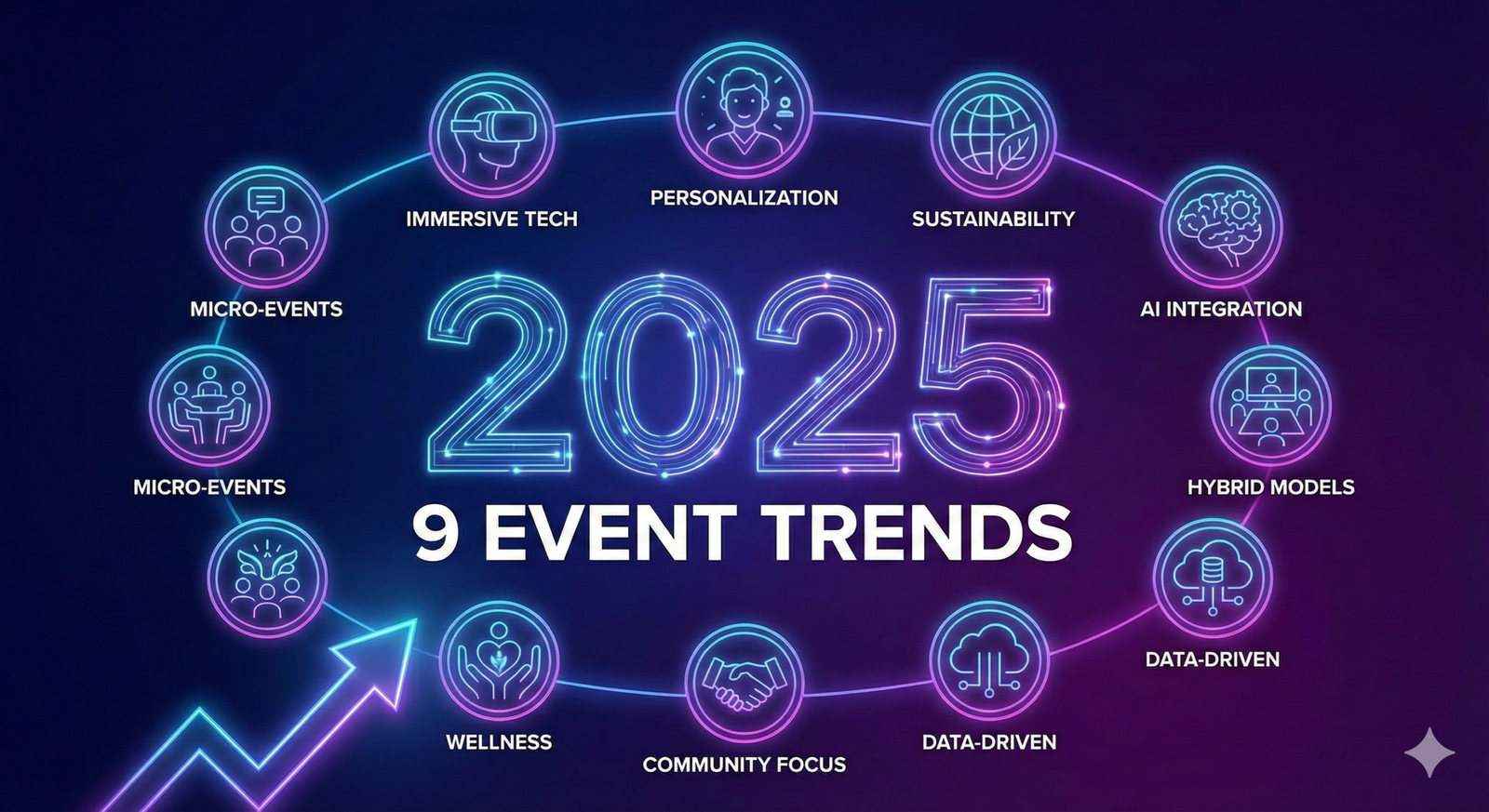
The Importance Of Storytelling In Event Design
August 16, 2024
Storytelling is criminally overlooked in event design. And yet it's so important in crafting memorable experiences.
Without a compelling narrative, even well-planned events can feel disjointed and forgettable.
Acing storytelling techniques transforms mundane gatherings into impactful experiences that genuinely engage attendees. How?
Creating a Cohesive Narrative
Every event requires a central story. This core narrative guides design choices and creates a unified experience.
Start by identifying your main message or theme. Is it charting a company's journey from startup to industry innovator? Bringing awareness to a nonprofit's community impact?
Once clarified, weave this narrative through all event elements. From invites to closing remarks, each component should contribute to the overarching story. This cohesion helps attendees deeply connect with the purpose on a deeper emotional level.
Setting the Scene
Your venue is more than a space. It's the stage for your story. Select and design locations that reflect and strengthen your narrative.
For a tech startup launch, a sleek, modern venue with interactive displays might suit the vibe. While an environmental charity gala could thrive in an outdoor or nature-inspired setting.
Details like lighting, decor, and layout subtly reinforce your story and guide attendees through the curated experience.
Engaging the Senses
Powerful stories engage all senses. Consider how taste, smell, and touch can contribute, not just visual and auditory elements.
For a travel company event, feature cuisine from destinations, play ambient sounds from locales, and display exotic textiles and artifacts guests can interact with.
This multi-sensory immersion makes your story more memorable and impactful.
Using Technology to Enhance Storytelling
Technology provides exciting storytelling opportunities. Projection mapping can transform spaces and grandly visualize tales.
Augmented reality layers interactive information. Social media walls showcase real-time attendee stories, making them part of the narrative.
Virtual reality transports guests to different worlds - ideal for immersive product demonstrations or brand experiences.
Remember, technology should enhance, not overtake, your story.
Incorporating Personal Narratives
People connect with people. Incorporate personal stories to make your message relatable and powerful.
Have company founders share their journey, invite charity beneficiaries to present real-world impact, and encourage attendees to share relevant experiences.
These authentic perspectives add emotional depth to the event narrative.
Creating Interactive Chapters
Break your event into explorable themed "chapters" revealing a new part of the story while building anticipation.
This could mean rotating through different areas, crafting sequential experiences, and even choose-your-own-adventure interactions.
This engages participants as active story collaborators rather than passive observers.
Final Thoughts
Acing storytelling elevates event design into experience creation.
At the Asian Institute of Event Management (AIEM(, we teach students the narrative techniques for crafting unforgettable events that resonate long after.
Great events aren’t accidents—they’re carefully orchestrated stories made more powerful when attendees feel immersed and connected.
As you continue your event journey, remember you don’t just organize logistics. You create experiences with the power to inspire and transform. Each event is an opportunity to tell a story that matters. Learn how to tell such stories. Get in touch with us to learn more about our courses.
RECENT POSTS
-

AIEM Event Management Franchise – Build a Profitable Future in Event Education
December 16, 2025
-

Top Event Management Franchise in India – Partner with AIEM and Grow
December 16, 2025
-

5 Simple Ways to Host a Zero-Waste Event: A Lesson from AIEM’s Event Management Franchise Approach
December 10, 2025
-

9 Event Trends That Will Shape 2025: The AIEM Franchise Perspective
December 10, 2025
-

Event Chatbots: Why Every Event Management Franchise Needs Them in 2025
December 1, 2025